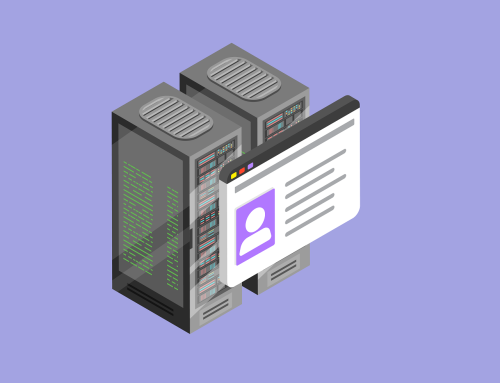Common Data Cleaning Mistakes
Poor data quality can lead to inaccurate insights, flawed models and costly mistakes for your organisation. Data cleaning is the process of fixing or removing incorrect, corrupted, incorrectly formatted, duplicate, or incomplete data within a dataset. It may seem fairly straightforward, but mistakes are often made during the process that leads to less effective datasets.
While data cleaning may not seem like an overly important aspect of data management, it ensures that your dataset is more reliable for analysis and decision making.
Discussed below are some of the most common data cleaning mistakes and how to avoid them.
Failure to Understand the Data
Prior to undertaking any data cleaning project, those involved should have a basic understanding of the data they’re attempting to clean.
Understanding the dataset’s context, variables and goals will help the data cleaning project run smoother. It’s also important for those involved to consider the data’s source and potential biases.
Overlooking Duplicates
Duplicate records can seriously interfere with a dataset’s reliability. It’s a major mistake to overlook or ignore duplicates as it can skew analysis results, lead to inaccurate reporting and increase data storage costs.
Duplicate records can be addressed through regular data auditing and creating clear guidelines that define a duplicate. Deduplication tools can be used to automate the process, allowing those involved to identify and remove repeated records.
Not Addressing Outliers
In large datasets outliers may occur. This is when there are anomalies in the dataset outside of the usual records. Outliers can distort results, affect model performance, while also leading to false conclusions being made.
Applying various statistical methods to identify outliers may be necessary. As outliers can affect mean and standard deviation of a dataset, depending on their impact, you can decide whether to remove, transform or keep them based on the context.
Inconsistent Formatting
Datasets often contain various different types of formatting without standardisation. An example of this includes some dates being in the format of DD-MM-YYYY while others are in the format of YYYY-MM-DD. This creates confusion and errors in analysis, while also creating problems for any future data integration.
Effective internal guidelines can be created and adhered to, in order to ensure a standardised format is established. Consistent formatting leads to a far more reliable dataset.
Manual Data Cleaning Without Automation
There are many advanced tools available (both off the shelf and custom) that help speed up the process of data cleaning. Many organisations rely on manual data cleaning to ensure that their databases are up to date and reliable. Manual data cleaning is time consuming, laborious and often results in human error.
It greatly increases the likelihood of mistakes, leading to your data becoming less reliable. This can be overcome with the implementation of effective automation tools and refined automation processes to ensure the data remains accurate and effective.
Missing Data
Missing data is a common occurrence in datasets. Ignoring it can significantly impact the accuracy and validity of data analysis as it leads to biased insights and incomplete conclusions.
Regression imputation is one way to deal with missing data. It involves estimating the missing values based on existing data. It essentially predicts missing values based on other variables. It’s important not to rely on simple imputation such as replacing missing values with the mean or median as it can distort the data distribution and make it less reliable.
Handling missing data carefully is crucial for ensuring accurate and unbiased results. Appropriate methods based on the type of missing data should always be used to ensure a reliable dataset.
Are you preparing to alter your data management strategy? If so, contact us today on +353 1 8041298, or click on the link below to our contact form.









